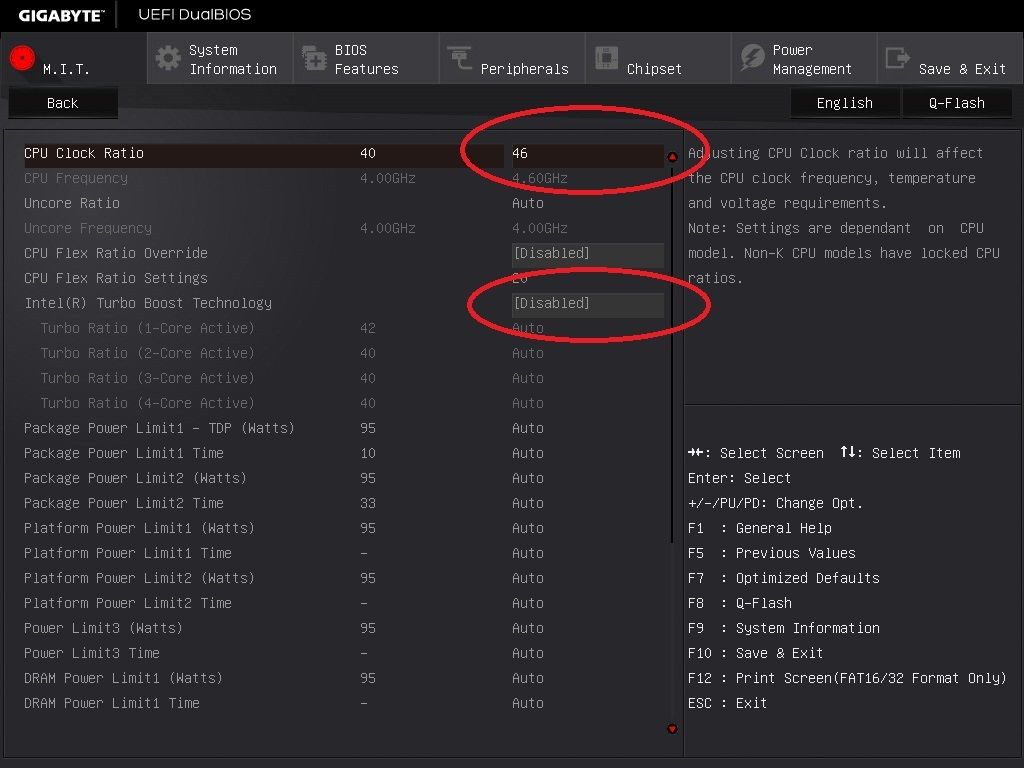samuelmorris
Supreme [H]ardness
- Joined
- Dec 20, 2010
- Messages
- 5,506
I was tempted, but as bad as this issue with Gigabyte has been (assuming it is Gigabyte at fault of course), it's still nothing like as bad as the endless stream of failures I've had with Asus, so I resisted the temptation and even though they didn't really have any boards with my ideal set of features, stuck with MSI instead.
As cool as modern BIOSes are, because the frame rate is fairly low, it's not really like using a windows desktop still - it's useful to be able to use the mouse, but I'm so used the old style BIOS that I'm totally happy with that really. The only big benefit to UEFI as far as I'm concerned is much faster boot times.
As cool as modern BIOSes are, because the frame rate is fairly low, it's not really like using a windows desktop still - it's useful to be able to use the mouse, but I'm so used the old style BIOS that I'm totally happy with that really. The only big benefit to UEFI as far as I'm concerned is much faster boot times.
![[H]ard|Forum](/styles/hardforum/xenforo/logo_dark.png)




